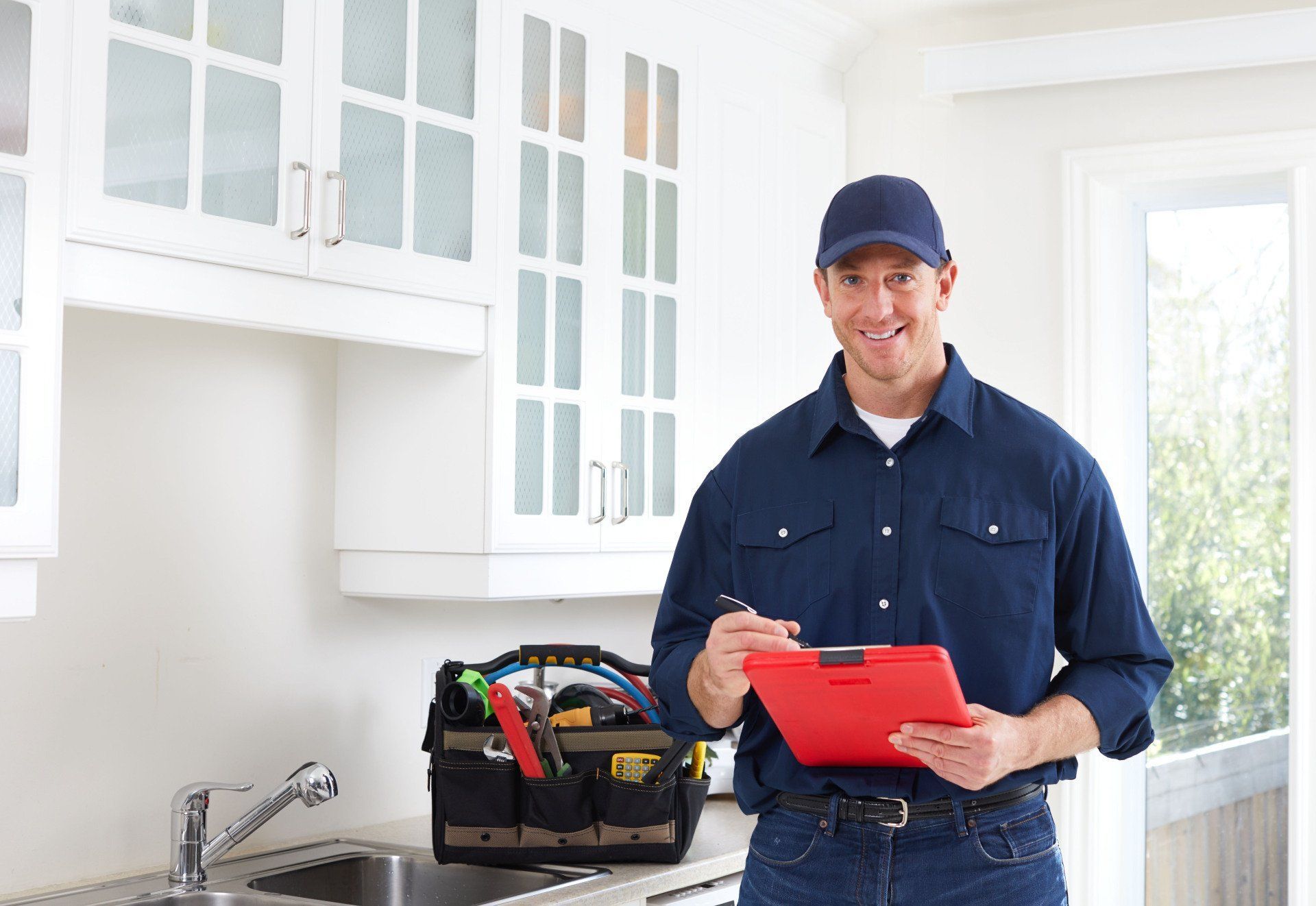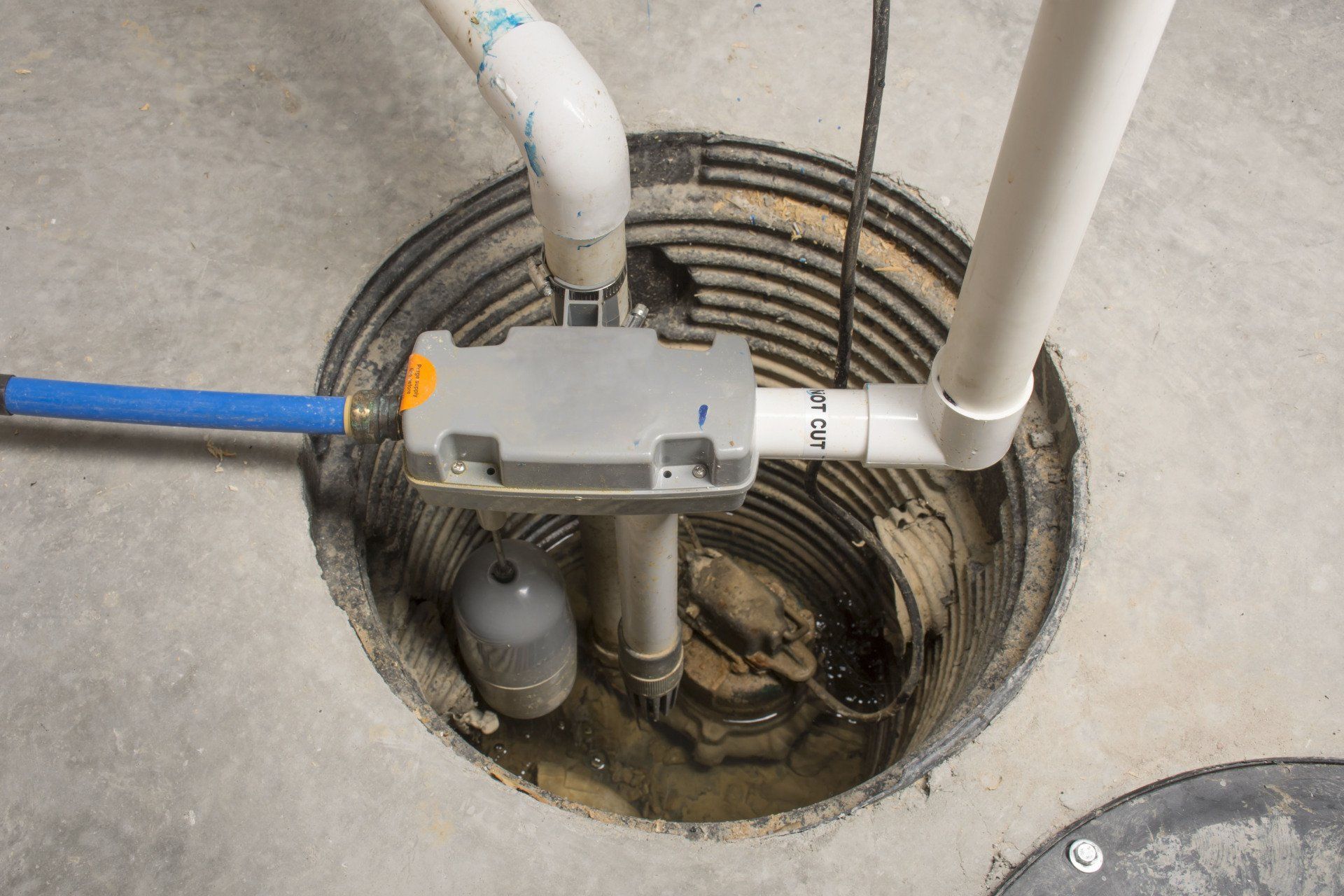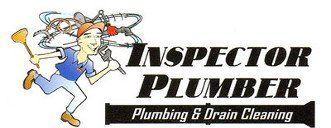Hot water is one of the best amenities of life, all thanks to our water heaters. Since water heaters provide a valuable service, it's essential to keep them well maintained. This includes getting issues repaired quickly so you can keep getting the hot water you need whenever you need it. Consider these four water heater repair signs to stay on track.
Low Water Pressure
According to experts at ABC Plumbing, Sewer, Heating, Cooling and Electric, water heaters typically last between 10 and 13 years. That's a pretty long lifespan and odds are you have had your water heater for a long time. You have seen it in its the best condition, so you should be able to notice if the water pressure suddenly drops or some other pressure problem develops. The good news is, this issue can easily be fixed so you can get the water pressure back to its enjoyable level.
Inconsistent Temperature
This is one of the most common water heater repairs. The issue of inconsistent temperatures can mean you're getting lukewarm or cold water even when you haven't adjusted the settings. This can be disappointing if you're used to hot water when washing the dishes, doing laundry, or showering. If you want your water heater back to its usual self, all you need to do is get professional water heater repair.
Leaks
If you want all the hot water to yourself, watch out for leaks, which are not always obvious. If your water heater is leaking, this needs to be fixed before it causes substantial damage. As far as water heater repairs go, this issue should be easy to fix and can help prevent your hot water from finishing quickly with no explanation.
Suspicious Sounds And Smells
Water in its pure form doesn't have any smell, particularly unpleasant smells. So, if you notice that your water heater is producing smelly water, it's a sign that something is off. Similarly, if there are odd sounds coming from your water heater, it could be a sign that repairs are in order.
Keep these signs in mind when inspecting your water heater to see if it's functioning properly. As a matter of fact, if you notice anything out of the ordinary, it's probably a sign that you need water heater repairs. If you're not sure if that is the case, get in touch with us for a professional water heater inspection. We will be able to diagnose any potential issues and make the necessary quality repairs.


